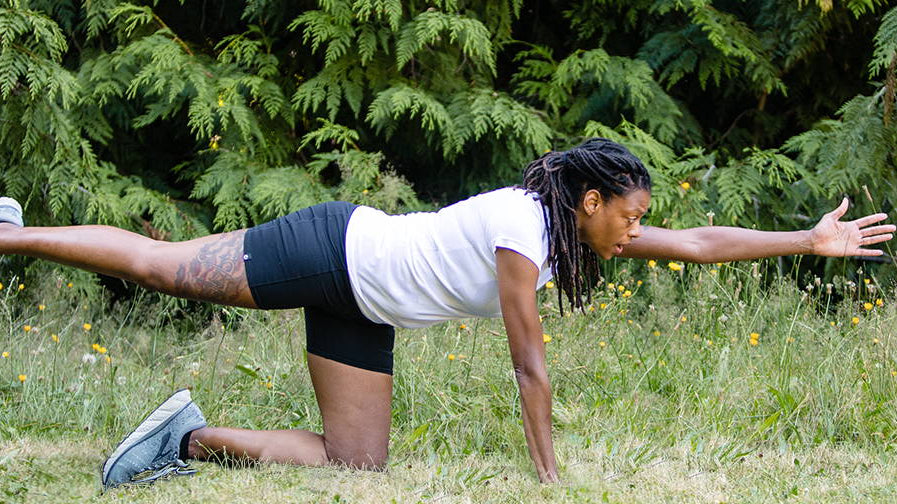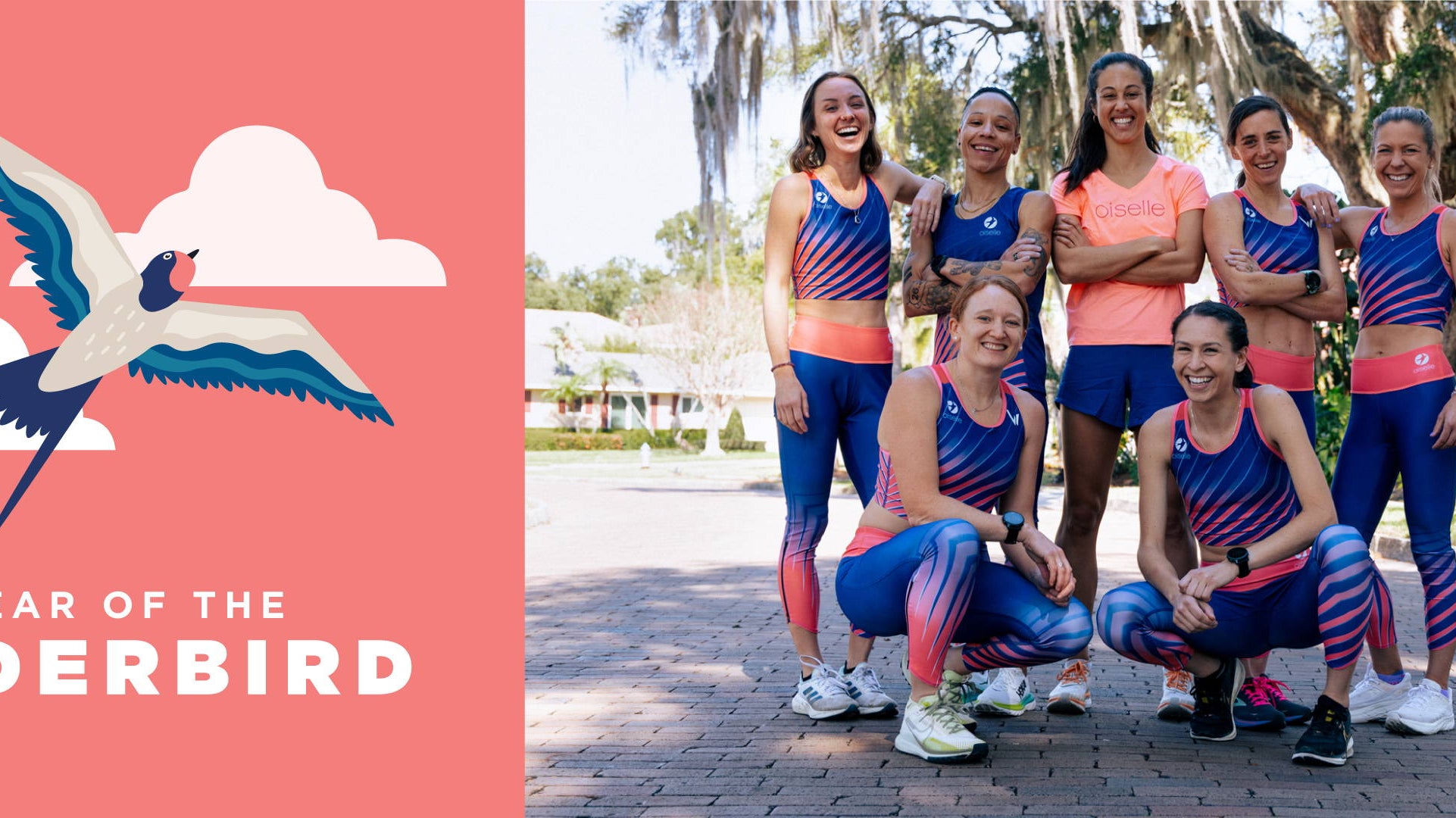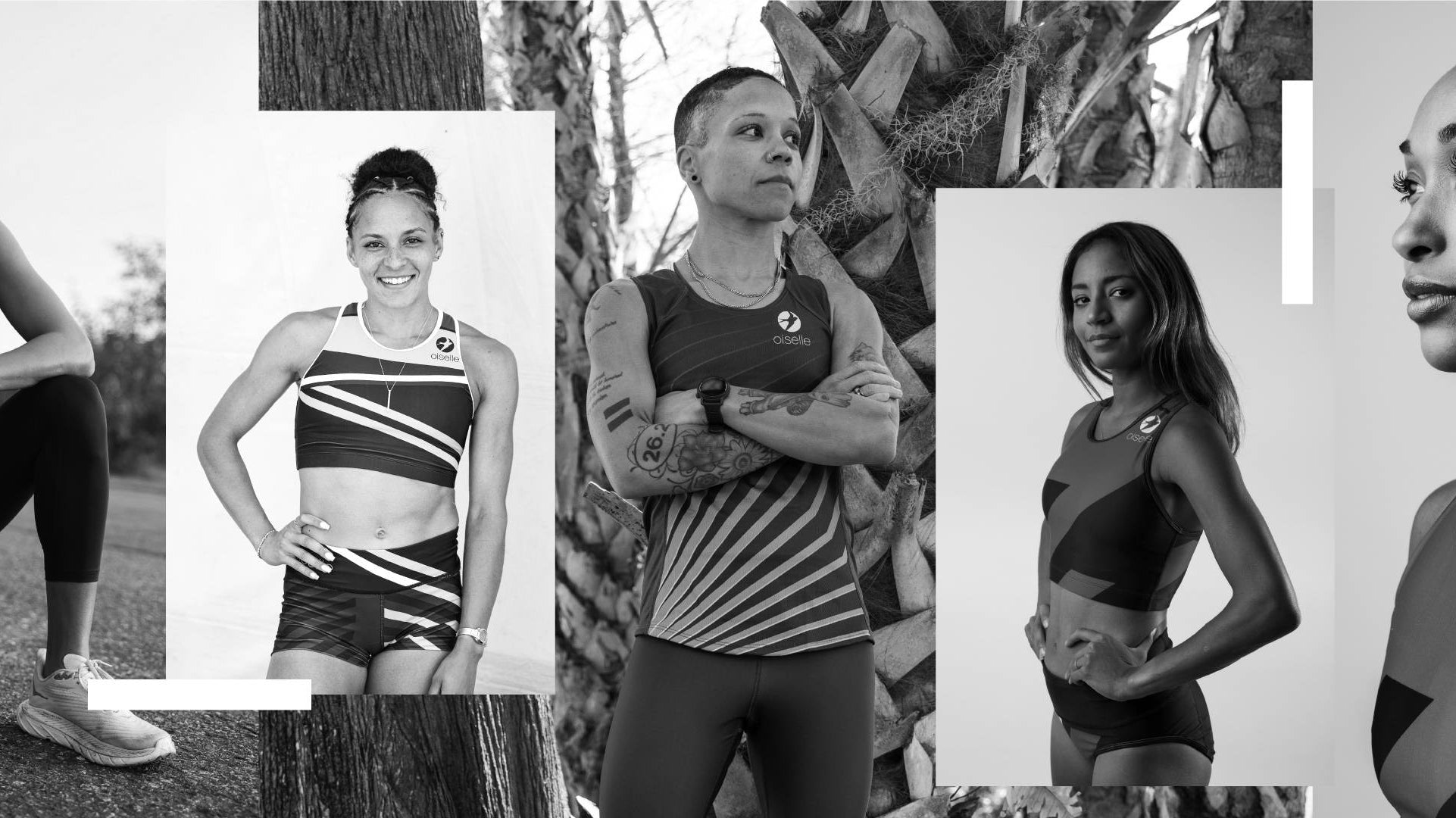When I moved to Seattle in January, one of my first interests was learning its history. In part because I’m a nerd and I love history - in fact, I majored in it in college - but also because in order to be an effective community builder and organizer, you must know the historical context of a place and its people.
My first question was - where are all the Black people? When you come from New York and are used to such a large demographic of members of the African Diaspora everywhere - it is easy to actually contribute to the erasure of Black people elsewhere by focusing solely on how white it is.
I quickly learned that the Central District was once Seattle’s Black neighborhood, due to racial restrictions preventing Black people from buying homes in most other parts of the city. The Central District had been zoned D (hazardous) and colored in red, or redlined, signifying that the area was in decline. Banks then used these maps to avoid investments based on the racial makeup (https://seattle.curbed.com/2019/3/7/18255117/seattle-redlining-racism-wing-luke) However, over the past 40 years, the Central District has almost completely transformed and is now largely unrecognizable and unaffordable to the same Black people that had once been zoned out of more resourced neighborhoods. “The shift happened in the vortex of Seattle’s massive population growth, rising housing costs, gentrification and corresponding displacement. A wave of wealthier home buyers entered the Central District. Seizing on the demand, developers started buying up old bungalows and replacing them with expensive new homes.” The result is that the once 73 percent Black neighborhood of the Central District has now fallen below 20% according to city data. (https://crosscut.com/2019/01/where-are-black-people-central-district-residents-get-creative-fight-displacement) I learned of the Africatown Community Land Trust, an organization that is working for community ownership of land in the Central District that can support the cultural and economic thriving of people who are part of the African diaspora in the Greater Seattle region. (https://www.africatownlandtrust.org/about-us/)
I wanted to know more.
I dug deeper and learned that Seattle is actually named after Chief Si'ahl, who was chief of the Duwamish and Suquamish tribes. I learned that Seattle is on Duwamish lands and that the Duwamish Tribe of Seattle has been fighting for federal recognition, which would confer them benefits, including access to funding, health services and land rights. I met with the Executive Director of the The Duwamish Longhouse and Cultural Center, who shared the story of her people in relation to colonialism - a story of deceit, genocide, theft, generational trauma and displacement but also resilience.
I spoke with a member of the Muckleshoot Tribe, a tribe that claims title to the Duwamish name, and contests the efforts of the Duwamish Tribe seeking federal recognition. This tribal member shared the complexity of what the Duwamish claim means and how it actually undermines the sovereignty and lineage of her own people. (https://www.realchangenews.org/news/2016/12/07/muckleshoot-puyallup-tribes-dispute-duwamish-s-recognition) The more I learned, the more learning I realized I had ahead of me. And the more obvious it became that the answers would not be found in traditional history books.
I remembered a quotation that I heard growing up in history class that I didn’t quite fully understand until many years later “history is told by the victors.” That is, what we know to be history - including what we learn in school - is filtered through a lens of white supremacy and written by those in power. The true history of a land and its peoples are less likely to be found in history books; rather, the truth is found in stories passed down from generations, inside of communities that a new person like me could not gain access to right away.
The true history of a land and its peoples are less likely to be found in history books; rather, the truth is found in stories passed down from generations, inside of communities that a new person like me could not gain access to right away.
As we embark on this 907 mile journey from Apsaalooké (Crow) lands at Yellowstone National Park and ending in Duwamish territory (Oiselle HQ, Seattle, WA), I invite you to learn and unlearn with us, suspend all that you think you know to be true as we encounter stories that may be uncomfortable to hear and hold the tension of learning sometimes conflicting and contradictory truths.
What I do know for sure is that there is no single story of a land or its peoples, just as there is no single, monolithic Black or Indigenous perspective.
Join me for Women Run the Vote, 2.0.










